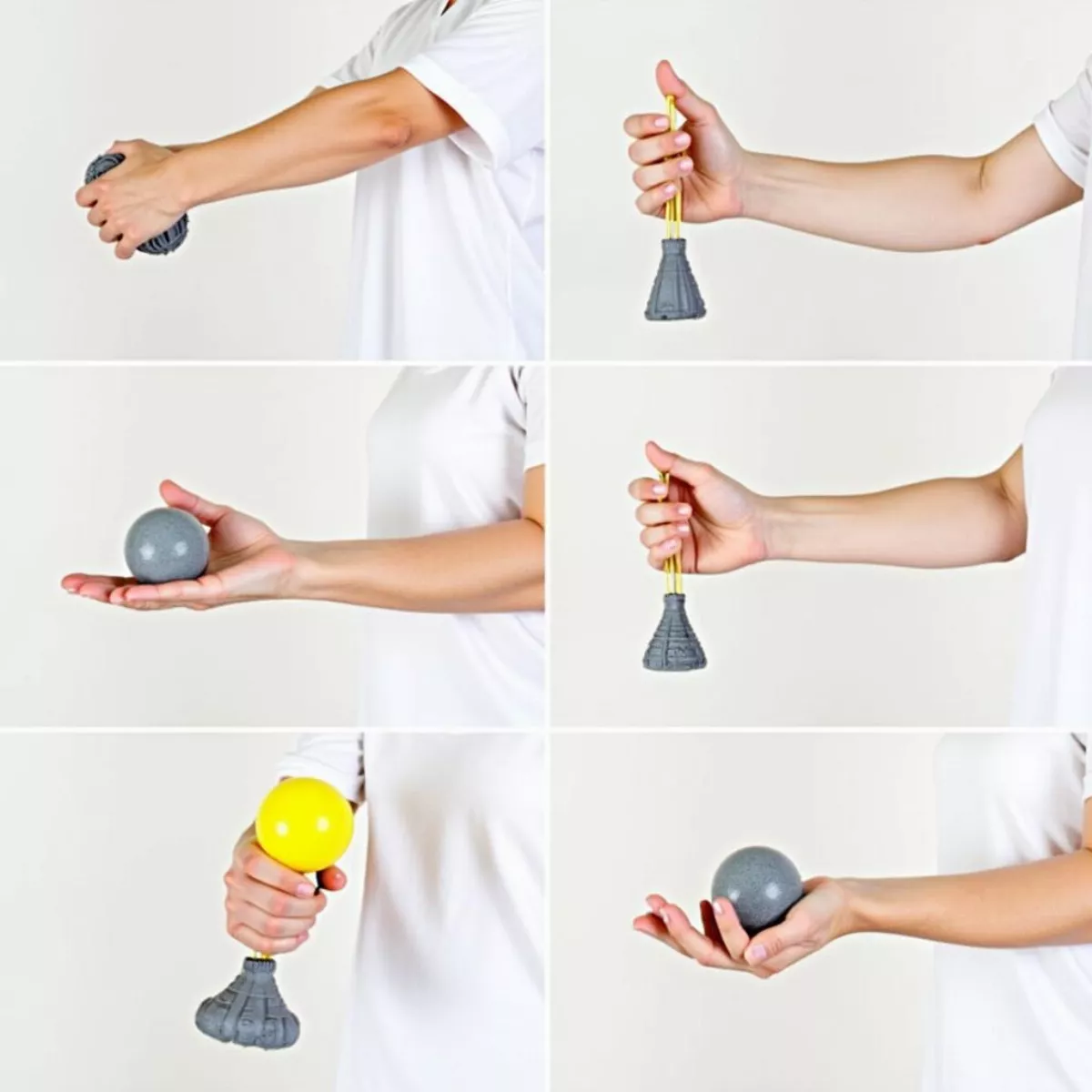Have you ever found yourself frustrated trying to complete a task requiring precision, only to discover your hands are unsteady? Whether you’re trying to ace your hobbies like painting or drawing, performing delicate surgeries, or even engaging in cooking and crafts, having a steady hand is essential. In this guide, we’ll explore practical tips and techniques to help you improve your hand stability.
Why Does Hand Stability Matter?
Having a steady hand is crucial for several reasons:
- Precision: From surgery to art, many activities demand accuracy.
- Safety: A steady hand can prevent accidents and ensure safe handling of tools and equipment.
- Performance: Whether you’re playing a musical instrument or assembling intricate electronics, a steady hand leads to better performance.
Techniques to Steadily Your Hands
Improving hand stability takes time and practice. Below are several techniques that can greatly assist you in achieving a steadier hand.
1. Improve Your Grip Strength
Did you know that a firm grip leads to a steadier hand? Engaging in exercises to increase your grip strength can significantly aid in reducing hand tremors.
- Squeeze balls: Use therapy or stress balls to strengthen your grip.
- Wrist curls: With weights, perform wrist curls to enhance your wrist stability.
- Hand expander: Regular use of a hand expander can also build up those muscles.
 Hand exercises for grip strength
Hand exercises for grip strength
2. Practice Relaxation Techniques
Muscle tension can result in shaky hands. Incorporating relaxation techniques into your routine can help:
- Deep breathing: Take long, deep breaths to calm your nervous system.
- Progressive muscle relaxation: This technique involves tensing and relaxing different muscle groups sequentially.
- Yoga or meditation: These practices are great for reducing anxiety and improving body awareness.
3. Practice Steadying Techniques
Employing specific techniques while working can help maintain steadiness:
- Elbow on a surface: Keeping your elbow on a table or other stable surface can help.
- Using both hands: Leverage your other hand to stabilize while performing tasks.
- Slow and steady: Take your time with tasks to minimize errors and shakiness.
 Techniques for stabilizing hands
Techniques for stabilizing hands
4. Improve Hand-Eye Coordination
Enhancing your hand-eye coordination can lead to better dexterity and steadiness:
- Tennis: Simple back-and-forth exercises can enhance your eye coordination and hand stability.
- Video games: Fast-paced video games require hand-eye coordination and can boost your steadiness.
- Juggling: This fun activity improves coordination and helps with steadiness over time.
5. Diet and Lifestyle Changes
Your overall health greatly impacts your hand stability. Try to incorporate the following dietary recommendations:
- Stay Hydrated: Dehydration can cause muscle cramps and shakiness.
- Magnesium and Calcium-rich foods: Include leafy greens, nuts, and dairy in your diet for muscle health.
- Limit caffeine and alcohol: Because they can lead to jitteriness.
 Healthy foods promoting hand steadiness
Healthy foods promoting hand steadiness
Common Causes of Unsteady Hands
Understanding why your hands shake can lead to better solutions. Here are some common causes of unsteady hands:
| Cause | Description |
|---|---|
| Stress | Anxiety causes muscle tension, which can result in tremors. |
| Fatigue | Exhausted muscles often shake and lack control. |
| Medical Conditions | Conditions such as Parkinson’s disease or essential tremors lead to involuntary shaking. |
| Stimulant Use | Caffeine and other stimulants may induce shakiness in some individuals. |
| Neurological Disorders | Conditions affecting the nervous system can directly cause hand tremors. |
Key Takeaways
- Grip Strength: Enhance your grip with exercises like squeeze balls and wrist curls.
- Relaxation Techniques: Practice deep breathing and yoga to decrease tension.
- Stabilizing Techniques: Use your elbows for support and take things slow.
- Hand-Eye Coordination: Engage in activities like tennis, juggling, or video games.
- Diet Matters: Maintain a balanced diet to promote muscle health and minimize jitteriness.
Incorporate these techniques into your daily routine to enjoy the benefits of a steadier hand. Consistency is key, so be patient with yourself as you embark on this journey!
FAQ
1. Can stress really cause shaky hands?
Absolutely! Stress and anxiety can lead to muscle tension, which often results in shaky hands.
2. How can I tell if my hand shakiness is serious?
If your hand tremors are frequent, progressively worsening, or affecting your daily life, it is wise to consult a healthcare professional.
3. Are there vitamins or minerals that can help with steadiness?
Yes! Lack of magnesium or calcium can contribute to muscle spasms and tremors. Incorporating vitamin-rich foods can aid overall muscle function.
 Doctor consulting patient about hand tremors
Doctor consulting patient about hand tremors
4. Can shaking hands be a sign of a medical condition?
Yes, conditions such as Parkinson’s disease, thyroid issues, and essential tremors can lead to shaking hands. Consulting a doctor is advised if you suspect this.
5. What exercises can help improve hand stability?
Exercises like wrist curls, squeeze balls, and even yoga can help improve hand stability.
6. Do certain foods affect hand steadiness?
Yes, lots of caffeine or alcohol can lead to increased shakiness. A balanced diet with magnesium and calcium-rich foods is beneficial.
7. Is it possible to train for hand steadiness?
Definitely! With the right exercises and techniques, you can significantly improve your hand stability over time.
8. Can age affect hand steadiness?
Yes, as people age, losses in muscle strength and neurological conditions can contribute to shakiness.
9. How long until I see improvements in hand steadiness?
Results may vary, but with consistent practice, you may notice improvements within a few weeks to months.
10. What should I do if I can’t stabilize my hands?
If tremors persist or significantly disrupt your life, seek medical advice for tailored solutions or treatments.
With this comprehensive guide, you have all the tools and techniques to develop a steadier hand. Remember, consistency is crucial, so keep practicing these methods for the best results. Good luck, and enjoy the journey to steadiness!